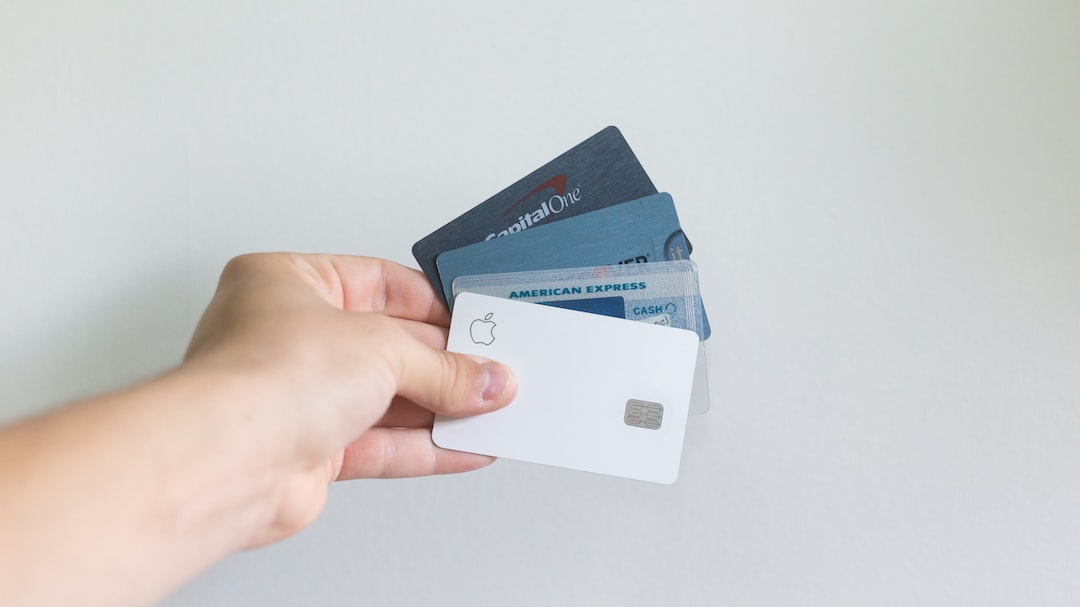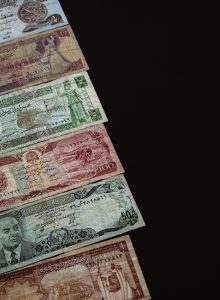Forex market, also known as foreign exchange market, is the largest and most liquid financial market in the world. It is a decentralized market where currencies are traded against each other. Banks are the main players in the forex market, accounting for over 50% of the daily trading volume. In this article, we will discuss how banks trade the forex market.
Banks trade the forex market in two ways: as market makers or as speculators. As market makers, banks provide liquidity to the market by buying and selling currencies at the bid-ask spread. As speculators, banks trade currencies for profit, taking advantage of market fluctuations.
Market Making
As market makers, banks act as intermediaries between buyers and sellers in the forex market. They provide liquidity by quoting bid and ask prices for currency pairs. The bid price is the price at which the bank is willing to buy the currency, while the ask price is the price at which the bank is willing to sell the currency. The difference between the bid and ask prices is known as the spread.
Banks earn profits by buying currencies at the bid price and selling them at the ask price. The spread represents the bank’s profit margin. Banks also earn fees for executing trades and providing other services to their clients.
To maintain liquidity, banks must constantly adjust their bid and ask prices based on market conditions. If there are more buyers than sellers for a particular currency, the bank may raise its ask price to reflect the increased demand. Conversely, if there are more sellers than buyers, the bank may lower its bid price.
Speculation
Banks also trade currencies as speculators, seeking to profit from market fluctuations. They use a variety of strategies, including technical analysis, fundamental analysis, and algorithmic trading.
Technical analysis involves analyzing charts and other market data to identify patterns and trends. Banks may use technical indicators such as moving averages, Bollinger Bands, and Relative Strength Index (RSI) to help them make trading decisions.
Fundamental analysis involves analyzing economic and geopolitical factors that may affect currency prices. Banks may analyze factors such as interest rates, inflation, political stability, and trade balances to help them identify trading opportunities.
Algorithmic trading involves using computer programs to execute trades based on pre-set rules and parameters. Banks may use algorithms to execute trades quickly and efficiently, taking advantage of small price movements in the market.
Risk Management
Banks manage their risk when trading the forex market by using a variety of techniques. One common technique is hedging, which involves taking offsetting positions to reduce the risk of losses. For example, a bank may buy a currency while simultaneously selling a related currency to offset the risk of currency fluctuations.
Another technique is position sizing, which involves determining the appropriate amount of currency to buy or sell based on the bank’s risk tolerance. Banks may also use stop-loss orders to automatically close out trades if the market moves against them.
Conclusion
Banks are the main players in the forex market, providing liquidity and trading currencies for profit. They trade the market as market makers, providing bid and ask prices for currency pairs, or as speculators, seeking to profit from market fluctuations. Banks use a variety of strategies and techniques to manage their risk, including hedging, position sizing, and stop-loss orders. Overall, banks play a crucial role in the forex market, facilitating international trade and investment and providing liquidity to the market.






